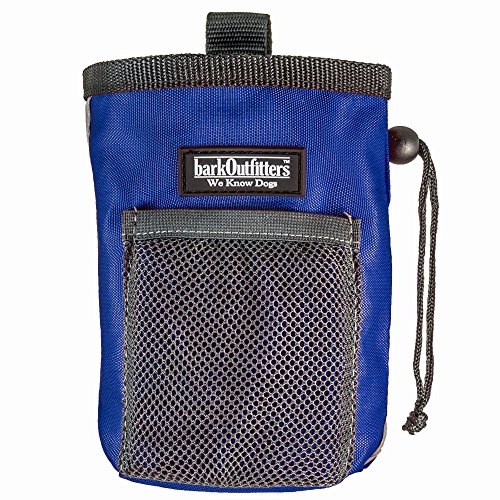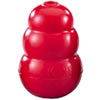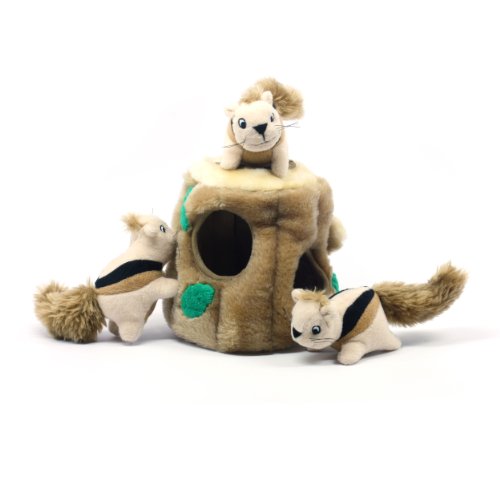
The human-animal bond is strong. Dogs were amongst the first animals to be domesticated, and as they proved their worth as hunters, guards and companions, the bond has continued to grow stronger. Many people will agree that animals can make a positive influence on our lives. Dogs used for therapy are just one way they make a positive impact.
What is a therapy dog? Therapy dogs are of any size, breed, colour, shape, sex or age and use the power of the human-animal bond to help people. The help may come in the form of emotional support. For example, a dog may visit the elderly and show them that they are loved by allowing the person to hold the dog while they laugh or cry. The help may also be physical. For example, dogs can be used to encourage a stroke victim to move an arm to pet the dog.
Why are animals used as part of therapy? It is the unconditional love that these animals provide to those that are ill, disabled, elderly or anyone who is in a facility and is deprived of acceptance, love or touch. Therapy dogs can be used in many different situations, such as during social activities or physical therapy. Everyone benefits from therapy dogs – the individual(s) who needs the therapy, the staff at the facility, the individual’s family, and the therapy dog him/herself.
There are two types of therapy dogs: visiting and resident. A visiting dog is a privately owned dog that visits a facility on a regular basis. The dog then goes home after visiting hours and is taken care of by the owner. The one downside to a visiting dog is that there are restricted hours in which the dog is available. A resident dog is one that lives in the facility and is usually available 24 hours a day to provide comfort or love. The one downside is that there must be someone in the facility that is willing to take responsibility for the dog’s care, which may be a problem in some facilities with limited resources.
Any breed of dog can be used as a therapy dog. The dog’s personality is an important factor in choosing a therapy dog. A therapy dog must like people. It must be gentle, outgoing, calm, stable, friendly and in good physical health. It should not be easily frightened by strange objects or loud noises. Puppies do not make good candidates for therapy dogs because they may not yet be fully house-trained and are still unpredictable and full of energy. They also may not have had all of their immunizations and can be easily frightened by new things. It is not necessary for a therapy dog to start as a puppy. Many successful therapy dogs begin as adults. The sex of the dog is not important either. However, it is recommended that the dog is spayed/neutered to prevent negative hormonal behaviour (such as wandering, marking territory, and fighting with other dogs) and unwanted litters.
Therapy dogs are required to be very well trained and of course non-aggressive. They cannot jump up on people, paw, or scratch. They cannot bite, mouth, or lick unless commanded and must be under their owner’s control at all times, with no leaping, pulling, or barking. They must also be clean, well-groomed, and free of parasites or other zoonotic diseases (those that can be transferred from animals to humans). They should be checked regularly by a veterinarian to ensure that the dog is in good heath and is able to work.
Do you think your dog possesses the qualities to be a therapy dog? What other things must be considered before you look into it? The dog’s personality and temperament are of the utmost importance. Is your dog well-socialized to both adults and small children? Does the dog cry every time he gets a vaccination or is he/she the stoic kind? A therapy dog must enjoy being touched and cannot be over-excited or fearful of being handled. They must get along with other dogs because visiting therapy dogs often travel as a group. Is the dog reliable with distractions? During training, does he/she be easily distracted by other dogs/people/noises/objects? The dog should be exposed to as many strange noises as possible and should react in a curious but controlled manner. It should not react fearfully or try to snap/bite when startled. A good therapy dog must also need to be completely and reliably house-trained. Both you and your dog must enjoy obedience training and have enough time to invest in training because a lot of that will be needed in order to be a certified therapy dog.
Therapy dogs must undergo certification before being allowed to work in a facility. This requires training, socializing, passing an evaluation test, and demonstrating the ability to do work. This ensures that the dog has the temperament for therapy dog work and qualifies the dog for insurance that covers the dog’s actions during a visit. There are many therapy dog organizations worldwide that provide certification. St. Johns Ambulance Therapy Dogs and Therapeutic Paws of Canada are among many that are available in Canada. Each organization has slightly different programs with different evaluation procedures.
Some people are concerned about the use of therapy dogs in facilities such as hospitals where disease transmission from room to room is a concern. Such facilities often house immune-compromised patients or have infectious diseases. Therapy dogs are trained to not lick a person or use their mouths unless it is by command. If the dog is commanded to “kiss”, it is allowed to lick on the cheeks or hands only, not on the mouth. This minimizes disease transmitted in the dog’s saliva. Most facilities will not allow the dog into certain rooms (i.e. those with immune-compromised individuals or isolation wards). Therefore, the dog will be used in a manner that will not increase risk of disease transmission. The benefits of having a therapy dog in a facility are endless. They are not only good for lowering blood pressure, but they also provide physical and mental stimulation and relieve stress.
Dogs make wonderful companions and their never-ending love and companionship make a positive impact on the lives of many. Studies have shown that post-op patients recover faster while in contact with dogs and other therapy animals. They provide inspiration to those who are in need of encouragement, such as patients suffering from a chronic disease. The use of animals in therapy has been recognized in the medical community for some time now, and many people are learning what pet owners have always known – that pets are good for us. They provide companionship and love, encourage activity, provide a listening ear, and most importantly, they give people a reason to smile.
By Amy Cheung – Pets.ca writer
 Scottish Terrier Breeder Interview: Cindy Cooke Tells Us About Scotties
Scottish Terrier Breeder Interview
Cindy Cooke has been wor
Scottish Terrier Breeder Interview: Cindy Cooke Tells Us About Scotties
Scottish Terrier Breeder Interview
Cindy Cooke has been wor
 Small Dog Cross Breed As A Pet
Our dog, Mika , is quite a mix of breeds.
Small Dog Cross Breed As A Pet
Our dog, Mika , is quite a mix of breeds.
 Eight Great (and durable) Dog Toys
Eight Great (and durable) Dog Toys
There are thousands of
Eight Great (and durable) Dog Toys
Eight Great (and durable) Dog Toys
There are thousands of
 The Five Laws of Choosing Toys for Blind Dogs
Finding good toys for blind
The Five Laws of Choosing Toys for Blind Dogs
Finding good toys for blind
 How to Exercise Your Dog: The Benefits and Tips For Exercise
Dogs Living In The Modern WorldFor centuries,
How to Exercise Your Dog: The Benefits and Tips For Exercise
Dogs Living In The Modern WorldFor centuries,
Copyright © 2005-2016 Pet Information All Rights Reserved
Contact us: www162date@outlook.com